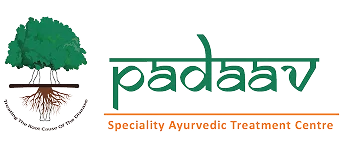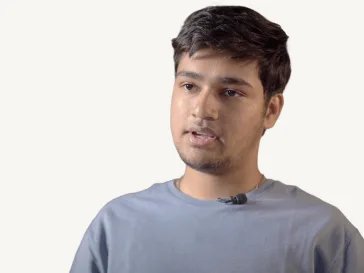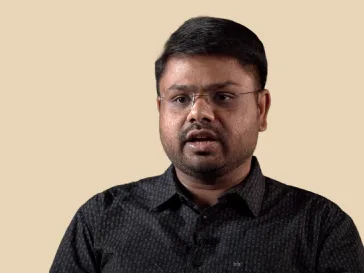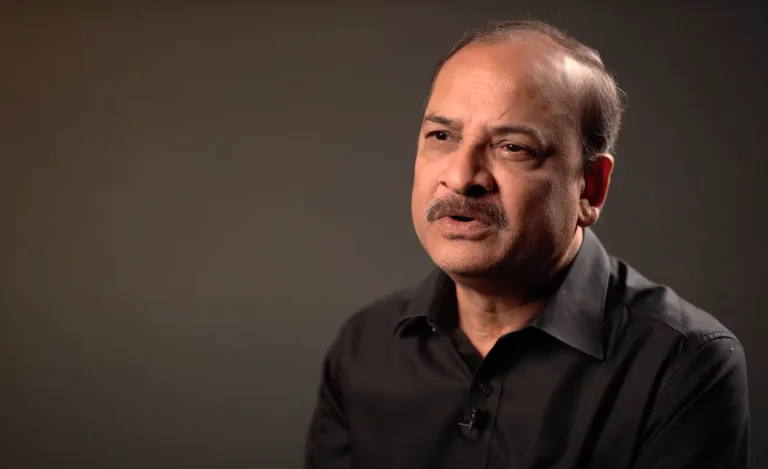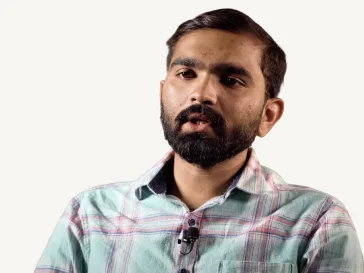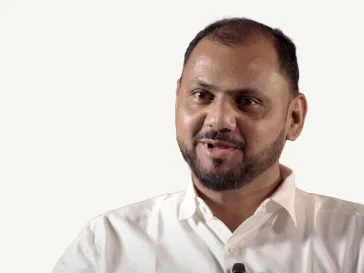Ahmedabad, Gujarat, India — At the age of 15, Aditya Jain, a student from Ahmedabad, faced a sudden, debilitating abdominal pain that thrust him into a protracted battle with pancreatitis. What began as an acute, perplexing illness evolved into a chronic condition, challenging conventional medical solutions and forcing a pivot toward a specialized Ayurvedic approach. His journey underscores the profound impact of chronic disease on young lives and the search for effective interventions that restore not just health, but hope.
The Abrupt Onset and a Diagnosis Without Cause
Aditya’s ordeal commenced unexpectedly in the afternoon. His mother, initially suspecting gas, administered common remedies, but the pain intensified rapidly. His father was called from work, and after a visit to a doctor who administered painkillers, subsequent diagnostics—ultrasound and CT scans—revealed pancreatitis. The initial diagnosis, however, came with a crucial caveat: there was no identifiable cause for his condition.
This lack of a clear etiology, combined with the intermittent nature of his pain, proved profoundly distressing. Doctors informed the family that the pain was likely to be lifelong, lacking a definitive cure. Aditya, then in 10th grade with impending board exams, found his academic life disrupted. The pain would recur unpredictably, often leading to hospital admissions that sometimes extended for a month, yet offered no lasting relief. He recalls feeling isolated, avoiding birthday parties and outings, confined to his home due to a lack of energy and significant body weight loss. His internal monologue revolved around questions of perpetual illness, continuous hospital stays, and a life constrained by dietary and social limitations.
His family, particularly his parents, became a critical source of strength, encouraging him to “strong रहे सब सही हो जाएगा” (stay strong, everything will be fine). Despite moments of intense negativity and sleepless nights, their support helped him maintain resilience.
A Relentless Cycle: The Escalation of Illness
Aditya’s first confirmed acute pancreatitis attack occurred on July 12, 2019, with Lipase levels at 6454 U/L. An MDCT scan revealed acute edematous pancreatitis, mild splenomegaly, and moderate ascites. Despite aggressive treatment with IV fluids, antibiotics, antacids, and painkillers, the relief was often temporary.
Over the next year, Aditya endured a series of severe recurrences, totaling 10 reported attacks and 8 hospitalizations by August 2020. Key episodes included:
- November 19, 2019 (Second Attack): Moderate abdominal pain and left shoulder pain. An MDCT scan revealed intrapancreatic walled-off collection, partial inflammatory narrowing, and occlusion of the splenic vein.
- December 5, 2019: An MRCP showed effacement of the proximal pancreatic duct and a suspected pancreatic duct leak, leading to PD stenting.
- December 10, 2019 (Fifth Attack): High fever (103 F) and 4 episodes of vomiting. USG and MDCT revealed hemorrhagic collection compressing the stomach, prompting the insertion of a drainage tube and 14 days of IV fluids, antibiotics, and painkillers.
- January 15, 2020 (Sixth Attack): Fever and severe pain. Lipase surged to 4870.8 U/L. This hospitalization included ERCP with stent removal.
- June 16, 2020 (Seventh Attack): Severe backache. An MRCP revealed changes of acute on chronic calcific pancreatitis with residual peripancreatic collection and a bifid pancreatic ductal system. A CT scan showed infection/abscess, possibly by gas-forming organisms, leading to 8 days of treatment including strong antibiotics like Inj. Magnex Forte.
- July 4, 2020 (Eighth Attack): Severe upper abdominal pain. USG revealed peripancreatic edema, inflammation, and small collections.
- August 8, 2020 (Ninth Attack): Severe upper abdominal pain. Amylase was 313 U/L, Lipase 393 U/L, and his Hb dropped to 6.96 g/dL. This led to 7 days of IV fluids, antibiotics, and analgesics, including Fentanyl infusion.
Through this period, Aditya experienced a significant weight loss of 21.8 kg (from 65 kg to 43.2 kg), resulting in a BMI of 16.1, indicating severe underweight. The financial burden accumulated to an estimated ₹10 lakh. His diet included reheated food, fast food, spicy food, and cold drinks, with irregular meal timings.
The Search for a Solution: A Leap of Faith
Faced with a recurring illness that conventional medicine could only manage symptomatically, Aditya’s parents sought alternatives. A pivotal recommendation came from an Ayurvedic doctor who had treated Aditya in a hospital and then advised them to contact Padaav. This encounter, viewed by Aditya’s father as “भगवान थे” (a godsend), initiated a new phase of their search.
Aditya’s father meticulously researched Padaav, speaking with former patients to build confidence in its efficacy. He found that, unlike conventional treatments that offered no cure and led to continuous hospitalizations, Padaav presented a potential solution. Despite the family’s initial apprehension about Ayurvedic treatment, they decided to proceed.
Aditya, initially reluctant due to the required commitment to a rigorous diet and medication regimen (“इतना वो सब रोकना मेडिसिन लाना उनके खाना क्योंकि खाना हमारे का खाना बहुत अलग था वहां से और डाइट फॉलो करना बहुत हार्ड था” – stopping all that, getting medicine, their food which was very different from ours, and following the diet was very hard), was ultimately convinced by Vaidya Balendu Prakash’s firm assurance on the very first day: “तू ठीक हो के ही जाएगा यहां से” (you will recover and leave from here). A direct intervention from Vaidya Prakash, when Aditya refused to eat, underscored the seriousness of his commitment, prompting him to comply. Within seven days, he began to adjust to the new medication.
Padaav’s Protocol: Reclaiming Health and Potential
Aditya’s month-long inpatient stay at Padaav, beginning August 16, 2020, provided him with a structured environment focused on systemic healing. The Vaidyas paid meticulous attention to minute details, adjusting medications and tailoring his diet based on his specific symptoms and progress. This personalized and attentive approach, contrasting sharply with his prior experiences, deeply impressed Aditya.
The physical transformation was significant. The pain, which had been a constant companion, subsided. Aditya reports that he has had no attacks for the past five years. His energy levels returned, allowing him to resume physical activities like playing cricket, which he had feared were lost forever. His weight stabilized, with his most recent weight recorded at 43 kg, indicating better management of his condition.
His journey highlights several critical elements of Padaav’s comprehensive approach:
- Personalized Care: The focus on individual symptoms and detailed monitoring, including specific dietary adjustments (e.g., when he refused to eat).
- Empathetic Yet Firm Guidance: The Vaidyas’ confident assurance, coupled with their insistence on strict adherence, built trust and discipline in a young patient.
- Long-term Stability: The sustained period of being symptom-free for five years underscores the effectiveness of the treatment in halting the progression of the disease.
- Restoration of Life Quality: Beyond clinical improvement, Aditya regained his ability to eat, socialize, and participate in sports, reclaiming aspects of his life that chronic pain had taken away.
A Future Embraced: A Doctor-in-Training’s Perspective
Today, Aditya Jain is pursuing an education to become a doctor, a path he hopes will allow him to integrate the lessons learned from his own patient journey. He emphasizes the importance of the Vaidyas’ “presence and care” and their attention to “minute details,” which he plans to incorporate into his own practice.
For families of pancreatitis patients, Aditya offers a direct message: “हिम्मत रखें और जितना हो सके उसके साथ में रह के उसको सपोर्ट उसको जो भी डॉक्टर इंस्ट्रिक्शन पे जो भी करना है उसको सपोर्ट करें और उसको हिम्मत दे और अच्छी तरह से इलाज कराओ” (Have courage, stay with the patient as much as possible, support them in whatever the doctor instructs, give them strength, and get good treatment). He reassures them with his own experience: “मेरा भी ठीक हो गया अभी 5 साल से कुछ है नहीं टच वर्ड सब ठीक ही है सबका ठीक हो जाएगा” (Mine also got well, for 5 years there’s nothing, touchwood, everything is fine, everyone will get well).
Aditya’s story stands as a compelling testament to resilience and the profound impact of specialized, patient-centered care in managing chronic conditions. His journey from despair to a hopeful future offers valuable insights for both patients seeking relief and the broader medical community exploring integrated approaches to complex illnesses.
